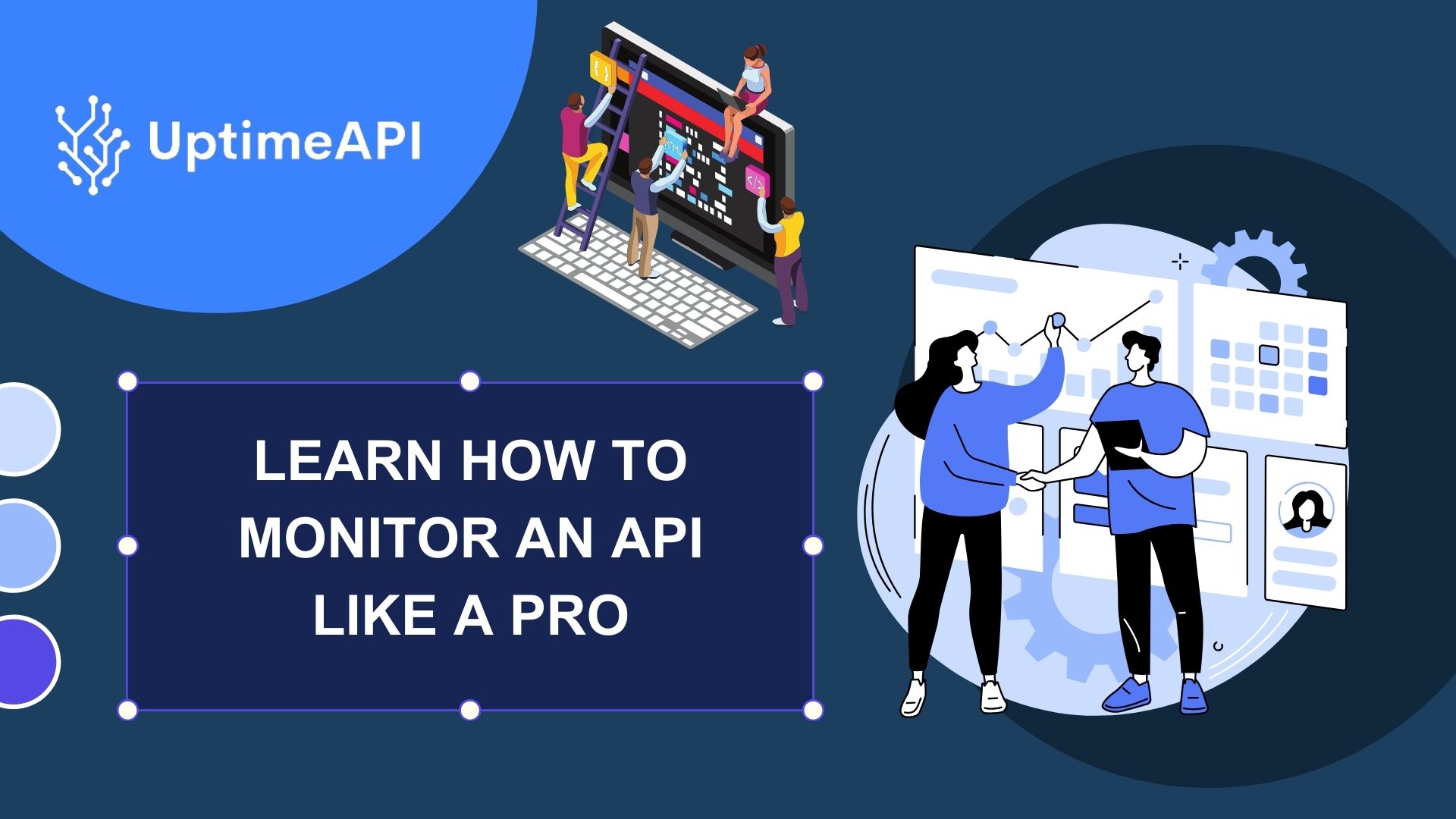Learn How To Monitor An API Like A Pro

API monitoring has become a crucial procedure in the ever-changing world of contemporary software development to guarantee the smooth functioning of online services. Comprehending the complexities of API monitoring is imperative for enterprises aiming to uphold peak efficiency and dependability. Let's explore the significance of knowing how to monitor an API and how it affects business performance.
Learning How To Monitor An API
Monitoring APIs entails continuously assessing their performance, dependability, and security. It consists of several techniques and tools designed to track, evaluate, and manage API communications in real time. In today's linked world, APIs are the cornerstone of digital communication, enabling the smooth transfer of information and functionality between diverse software systems. For this reason, API availability, security, and performance are essential to the smooth operation of services and apps.
Effective API monitoring ensures customer satisfaction, operational efficiency, and revenue generation, all of which are critical components of business success. Businesses that prioritize API monitoring are better able to detect issues early and take proactive steps to address them, which lowers downtime, boosts performance, and enhances user experience in general.
Businesses may identify and quickly address performance issues by tracking and analyzing the performance of their APIs in real-time with the help of real-time performance monitoring. Monitoring a range of metrics, including error rates, latency, throughput, and response times, is required for this.
Error Detection and Logging
In order to address issues that can arise during API interactions, effective error detection and logging methods must be used. By meticulously collecting errors and analyzing error trends, businesses are able to pinpoint the root causes of problems and put corrective measures in place to ensure they don't happen again. API security and compliance are essential for safeguarding sensitive data and meeting legal requirements. Strong authorization and authentication procedures, data security and encryption measures, and regular compliance audits are required for this.
Uptime API

You can keep an eye on your APIs with the Uptime API. It functions by progressively verifying that your APIs are operational and functioning as planned. Setting up monitoring is simple. Before you can set up monitors, you must be able to modify the watch's timeouts and intervals and know the URL of the target API endpoint to be inspected. You are able to monitor changes in API uptime and performance over time because the API offers historical data and analytics. Make your logs available so you can investigate any API problems.
The Uptime API features monitoring intervals that control how frequently it checks the functionality of your API and timeouts that control how long it will wait for a response. These settings allow you to customize the monitoring to your requirements and tastes. Furthermore, you may choose which contacts receive dashboard notifications and alert alarms. After then, you may use this to let your team know. Select from an array of adjustable options featuring different monitor capacities to obtain the monitoring package that most closely matches your needs.
All prices are displayed in US dollars. All major credit and debit cards are accepted. One of the most reputable businesses in the payments industry, Stripe, powers the payment system that makes use of the most recent security technology. Moreover, the Uptime API is free to use for thirty days without requiring you to upgrade to a more expensive subscription.
